Refractive errors are a common occurrence that affects the way our eyes focus on objects, leading to blurry vision and other visual disturbances. These errors occur when an eye’s shape prevents light from focusing directly on the retina. As a result, anybody with refractive errors often requires corrective measures such as glasses, contact lenses, or refractive surgery to improve their vision. Today, we'll discuss the main refractive errors and shed light on their characteristics, causes, and available treatment options.
Understanding Refractive Errors
By gaining a deeper understanding of these refractive errors and visual impairments, we can equip ourselves with valuable knowledge to identify symptoms, seek appropriate professional care, and explore the available treatment options. Join us as we embark on this enlightening journey to uncover the intricacies of common refractive errors and visual impairments, empowering ourselves and others to embrace the world with clarity, understanding, and visual well-being.
1. Myopia (Nearsightedness)
One of the most prevalent refractive errors is myopia, also known as nearsightedness. People with myopia can see nearby objects clearly, but distant objects appear blurry. This occurs because the eyeball is abnormally long or the cornea is excessively curved, causing light to focus in front of the retina. Myopia typically develops during childhood or adolescence and can progressively worsen over time. It's commonly corrected with eyeglasses or contact lenses that redirect the light onto the wearer's retinas.
2. Hyperopia (Farsightedness)
Hyperopia, or farsightedness, is another common refractive error. Individuals with hyperopia can see distant objects more clearly than near objects. This occurs when the eyeball is shorter than normal, causing light to focus behind the retina. The eye's focusing mechanism can compensate in mild cases, but in more severe cases, close-up vision becomes blurry. Hyperopia can also cause eye strain and headaches. Eyeglasses, contact lenses, or refractive surgery may correct hyperopia by bringing the focal point onto the retina.
3. Astigmatism
Astigmatism is a refractive error that results from an irregularly shaped cornea or lens. Instead of having a spherical shape, these structures are more football-shaped, leading to distorted and blurred vision at all distances. Astigmatism often accompanies myopia or hyperopia. Eyeglasses, contact lenses, or refractive surgery can correct astigmatism by compensating for the irregular shape of the cornea or lens and bringing the light rays into focus.
4. Presbyopia
Presbyopia is a common refractive error that affects individuals typically older than 40. It occurs due to the natural aging process and the loss of flexibility in the lens. As a result, individuals with presbyopia have trouble focusing on near objects, such as reading materials or close-up work. Symptoms include eyestrain, headaches, and blurred vision at close range.
Various options are available to address presbyopia, including reading glasses, multifocal glasses, contact lenses, or surgical interventions. These solutions provide additional focusing power for near vision, allowing individuals to continue their daily activities with clear and comfortable vision. Regular eye examinations are crucial for managing presbyopia and adapting corrective measures as the condition progresses.
5. Color Vision Deficiency
Color vision deficiency, often called color blindness, is a refractive error that affects the perception of colors. Individuals with this condition have difficulty distinguishing certain colors or may see them differently than individuals with normal color vision.
The most common type of color vision deficiency is red-green color blindness, where individuals struggle to differentiate between these colors. In rarer cases, individuals may have difficulty perceiving blue and yellow hues. Color vision deficiency is usually inherited and occurs due to abnormalities in the retina's cone cells.
While there is no known cure for color vision deficiency, various assistive technologies, educational tools, and adaptive strategies can help individuals navigate daily life. Awareness and understanding of color vision deficiency can foster inclusivity and assist in accommodating affected individuals in various settings, such as educational institutions and workplaces.
Visit Your Optometrist for A Clearer Vision
Understanding common refractive errors is crucial for recognizing the symptoms and seeking appropriate treatment. Whether it's myopia, hyperopia, astigmatism, or presbyopia, each refractive error has distinct characteristics and can impact visual acuity differently. With advancements in corrective measures such as eyeglasses, contact lenses, and refractive surgery, individuals with refractive errors can achieve clearer vision and enjoy a better quality of life.
Regular eye exams are essential for early detection and proactive management of refractive errors, ensuring optimal eye health and visual well-being. Reach out to our optometry team to get started on finding an accurate diagnosis and reliable course of action. We’re proud to serve our community, and we can’t wait for you to see the difference.

